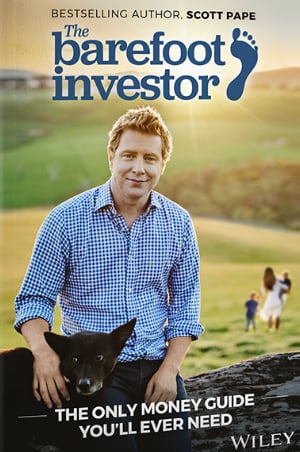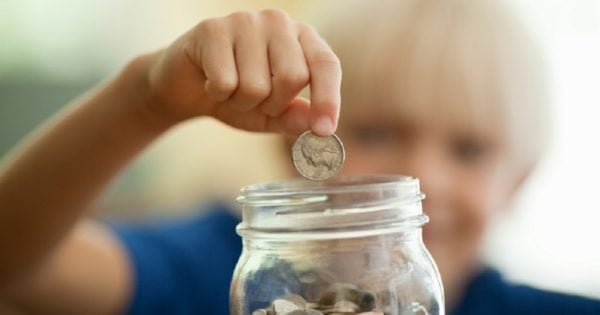

My daughter threw a ten cent piece in the bin.
We were cleaning the house and she found a dirty, blackened, sticky ten-cent piece which had been swept up in the rubbish pile. She was on dustpan duty. And she took one look at it, swept it up and put it in the bin.
“Where’s the ten cents?” I asked.
“I threw it away because it’s dirty,” she said,plainly.
I’d read about millenials spending big on smashed avocado but this? Literally throwing money away?
And that was the moment. That’s when I realised my children might have an issue when it comes to their perception of money.
The Barefoot Investor explains his “Jam Jar” system to Holly Wainwright and Andrew Daddo on This Glorious Mess.
I went to the bin and scooped it out, astonished at how different my children behaved around money compared to how my siblings and I did at the same age. For us, finding 10 cents was like finding a gold nugget. We would have picked it up, lovingly washed it, and placed it in a glass jar where it would take pride of place.
Like little magpies we’d keep any eye out for any other discarded coins, all of them precious finds.
But these days, Scott Pape, also known as The Barefoot Investor says it’s very hard to teach children about the value of money. Particularly at Christmas time, if you haven’t done the ground work.

Top Comments
When I was in high school I remember seeing an older kid getting his change from the canteen and openly throwing it on the floor. Even though this was a government school in the western suburbs; it was so important to show others that you weren't poor.
More more Scott Pape on mamamia please. His columns and q&a's are compulsory weekend reading for me, give the man whatever he wants to write on women & super, women & housing, women & investing, women & insurance, women & estate planning...
Well, I know a few years ago a group of women set up a Scott Pape fan club. But I don't think it really had much to do with his financial advice.
Ha ha.. if I don't read both Noel Whittaker, Scott Pape in the weekend papers I feel I've let them both down and myself!!